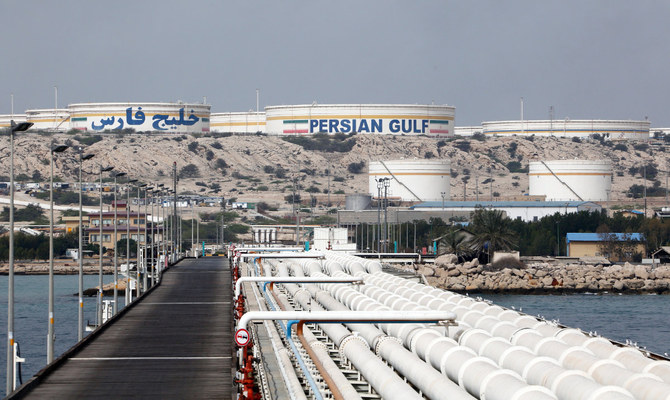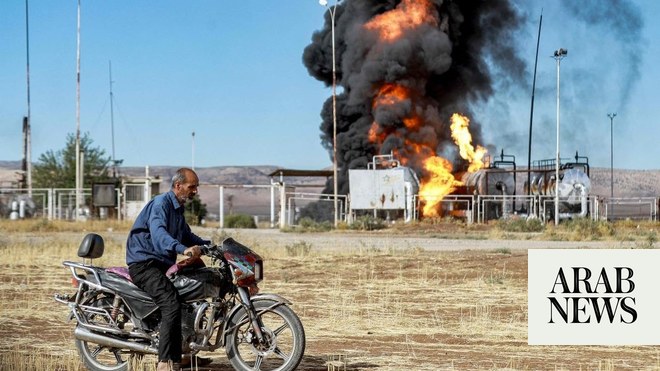
As long as the Iranian leaders continue to disregard their people’s dissatisfaction with the economy, widespread protests are destined to erupt across the nation once again.
When it comes to the economic situation, there is a stark distinction between the privileged few at the top and the ordinary people. As long as revenues from the export of oil and other natural resources are coming into the treasury of the regime, the worsening domestic economy is not fundamentally impacting the living standards of the regime’s officials or those connected to them.
But the increasing gap between ordinary people and the authorities is a major threat to the survival of the theocratic establishment. According to figures recently released by the regime’s own Interior Ministry, nearly 70 percent of the population are living below the poverty line.
Ebrahim Razzaghi, a former professor of economics at Tehran University, told Iranian newspaper Aftab News: “In the past, the absolute poverty line was around 10 million tomans, which has increased up to 12 million tomans due to recent high prices and lack of salary increase. For this reason, the question is, how do those who make promises to the people want to break this poverty line and fulfill their promises?”
He added: “Other official statistics show that between 20 and 30 million people in the country are below the absolute poverty line. Undoubtedly, if this situation continues and economic policies do not change, these statistics will increase day by day and will become uncontrollable in the future.”
Ebrahim Neko, a representative of the Islamic Council of Iran, said: “90 percent of Iranian people have experienced poverty in some fashion in their lives. Even if some earn more than 12 million, they still have tasted poverty in some ways.”
Now, compare the situation of the overwhelming majority of the ordinary people with government officials. For example, the unelected leader of the regime, Supreme Leader Ali Khamenei, has a financial empire worth about $200 billion. Also, the children of the elite — the “aghazadeh,” or “noble-born” — appear on Instagram channels such as “Rich Kids of Tehran,” which show images of the elite flaunting their wealth and enjoying lavish lifestyles at home and abroad.
One of the problems ordinary people face is that the value of Iran’s currency continues to plummet. Last week it dropped to 600,000 rials to the dollar for the first time in the history of the regime. This is happening while the unemployment rate and inflation are at record highs. According to a Feb. 26 report by Fox Business: “Iranians’ purchasing power has been decimated by inflation, which reached an annual rate of 53.4 percent in January — up from 41.4 percent two years (ago) according to the country’s statistics center. The dire economic circumstances have wiped out the life savings of many and caused Iranians to form long lines at currency exchange offices in recent days in an effort to acquire increasingly scarce dollars.”
Corruption is ingrained in Iran’s political and financial institutions, which are the country’s backbone.
Dr. Majid Rafizadeh
Another underlying issue is that corruption is ingrained in Iran’s political and financial institutions, which are the country’s backbone. Embezzlement and money laundering within the banking system are prime examples of corruption. Politicians across the political spectrum, including members of the president’s office, have been known to engage in corrupt practices for their own political and financial benefit.
Prominent cases have included influential people such as Hamid Baghaei, a former vice president and confidant of former President Mahmoud Ahmadinejad, and Hossein Fereydoun, the brother of former President Hassan Rouhani and a member of the Moderation and Development Party, who was formerly in charge of the supreme leader’s security. Corruption also often takes place by granting loans, financial benefits and fellowships to relatives of senior officials or those who show loyalty.
Furthermore, the hemorrhaging of the nation’s wealth on militias, terror groups and proxies across the region is a major factor contributing to the crisis. Iran’s Islamic Revolutionary Guard Corps and its affiliates, the Office of the Supreme Leader and the regime’s cronies are the ones largely in control, as they have power over considerable parts of the country’s economy and financial systems.
Finally, nepotism, economic mismanagement, a lack of government transparency and a state-controlled economy that blocks the poor from socioeconomic growth and joining the middle class are also among the core reasons for the inequality in Iran.
In summary, Iran’s dire economic situation is not impacting the living standards of those in positions of power or their loyalists, but it is negatively affecting the ordinary people of the country. The leadership is enjoying revenues from exports such as oil and gas, while the overwhelming majority of the population are suffering economically. This increasing economic disparity is one of the regime’s major challenges and it could endanger the hold on power of the theocratic establishment if immediate and appropriate measures are not taken.
• Dr. Majid Rafizadeh is a Harvard-educated Iranian-American political scientist.
Twitter: @Dr_Rafizadeh












